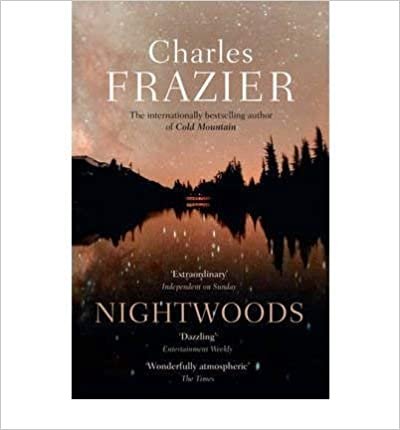This is the fourth in a series I’m doing wherein I discuss why a particular piece of writing works for me, aka, this author’s work taught me something about writing, encouraged me to be a better writer, engaged me, captivated me, educated me, et cetera.
As I’ve written elsewhere, it’s one thing to know something is good, it’s a better thing (in my opinion) to know why it’s good and then be able to copy what’s good about it, to learn from it so you can be as good and (hopefully) better.
This time out, Charles Frazier’s “Nightwoods”.




